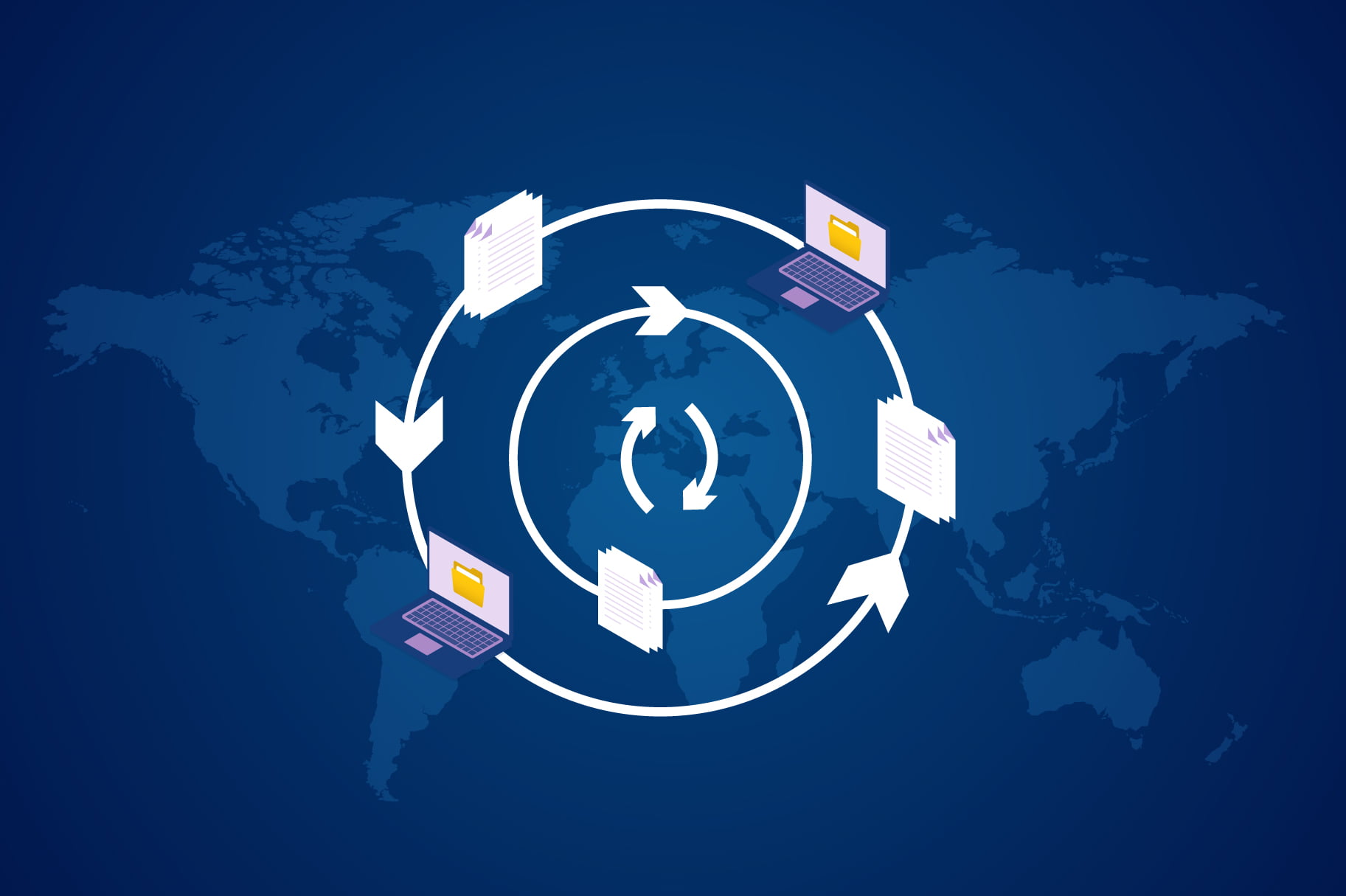
Electronic Data Interchange
Essential Features of Successful EDI Integration
EDI is the technology used to electronically interchange business documents using a standardized format between organizations. EDI enhances business efficiency, reduces errors, improves data quality, improves speed and accuracy.
EDI integration is the process of creating an entire EDI workflow between trading partners. The key elements for an EDI integration includes:
- Trading partners
- Endpoints
- EDI Standards
- EDI protocols
- EDI documents

An EDI integration is said to successful when certain elements are focused on:
- Ability to support multiple EDI document types such as billing invoice, shipping notice, purchase orders, invoices, etc.
- Ability to work on different EDI standards. There are several EDI standards that are used EDIFACT, ANSIX12, TRADACOM, etc.
- Ability to add missing needed information using rules such as country code, cross-border transactions, etc.
- Ability to track and monitor exchanges in a high quality manner.
- Ability to exchange documents in a secure communication network such as VANs
- Ability to create maps across different EDI formats
Taking these EDI features into account is important for an efficient & successful EDI integration.
SMI helps companies achieve their maximum EDI integration efficiency and brings value to the business. SMI offers all the solutions a business needs for a successful EDI service such as advanced technology access, a dedicated team of EDI experts, personalized on-boarding & affordable and quality driven EDI infrastructure.
Categories
- Artificial Intelligence (1)
- Business Intelligence (12)
- Cloud computing (1)
- Digital Data Analytics (3)
- Electronic Data Interchange (27)
- Internet of Things (1)
- Mobile app (1)
Recent post







